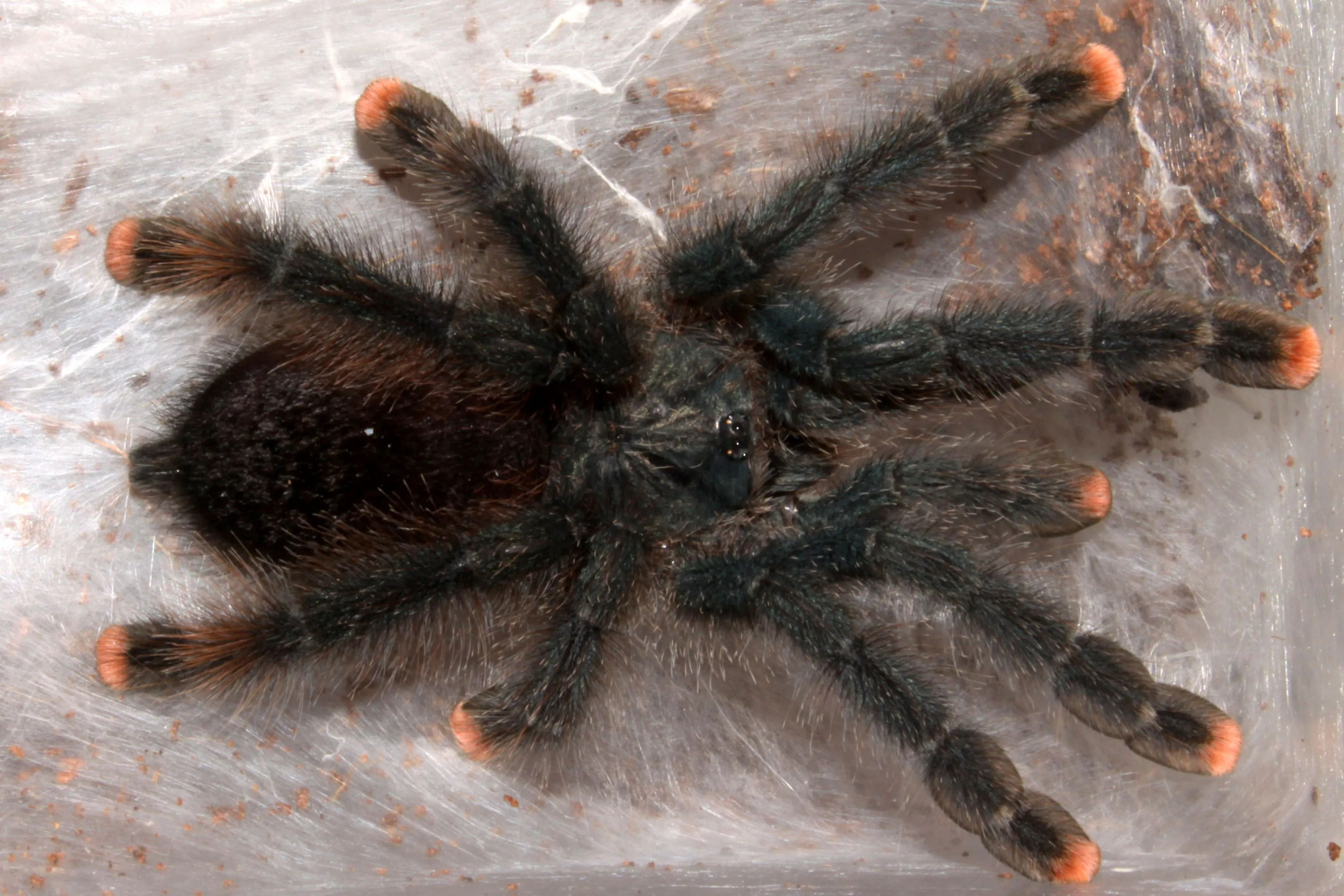Why Choose Tarantula Pets
Considering a tarantula as a pet opens up a fascinating world of unique companionship. Unlike common pets like dogs or cats, tarantulas offer a low-maintenance, intriguing experience. They don’t require daily walks or constant attention, making them ideal for individuals with busy lifestyles or those living in smaller spaces. Observing their behaviors, from hunting to molting, provides a captivating window into the natural world. Tarantulas also boast impressive longevity, with some species living for decades, offering a long-term commitment and rewarding experience for any pet owner. These creatures are generally quiet and odorless, reducing many of the typical concerns associated with owning traditional pets. Choosing a tarantula means embracing a different kind of pet ownership, centered on observation and appreciation of a truly remarkable animal.
Fascinating Tarantula Facts
Tarantulas are not just pets; they are intricate beings filled with surprising traits. Understanding these facts enriches the experience of owning one. These remarkable creatures exhibit many fascinating behaviors and characteristics. Let’s dive into some of the most intriguing aspects that make tarantulas such captivating pets.
Tarantulas Can Live a Long Time

One of the most impressive aspects of owning a tarantula is their lifespan. Many species, especially females, can live for several years, with some living for over 20 years. The exact lifespan varies depending on the species and environmental conditions. For instance, larger species, like the Chilean rose tarantula, often have lifespans exceeding a decade. This longevity offers a unique opportunity for long-term observation and connection with your pet. Understanding the lifespan of your tarantula helps you prepare for a long-term commitment, ensuring you are ready to provide the necessary care and resources throughout their life.
Tarantulas are Nocturnal Hunters
Most tarantula species are primarily nocturnal hunters, which means they are most active during the night. Their nocturnal habits are a fascinating adaptation to their environment, as they often hide during the day to avoid predators and conserve energy. At night, they emerge from their burrows or hiding places to actively hunt for prey. This natural behavior provides an intriguing aspect to observe when keeping a tarantula as a pet. You may catch them patiently waiting near their burrow entrances or actively stalking their meals. This behavior is a key part of their survival strategy in the wild and adds to the unique experience of owning a tarantula.
Tarantulas are Venomous
All tarantulas possess venom, which they use to subdue their prey. However, the venom of most tarantula species is not considered highly dangerous to humans. The effects of a tarantula bite are often compared to a bee sting, causing localized pain, redness, and swelling. Certain species have more potent venom than others, but serious medical complications are rare. Despite this, caution should always be exercised when handling or interacting with a tarantula. It’s essential to handle them with care, avoid provoking them, and understand their potential impact. Education and proper handling practices are critical in ensuring a safe and enjoyable experience with your tarantula.
Tarantulas are Diverse
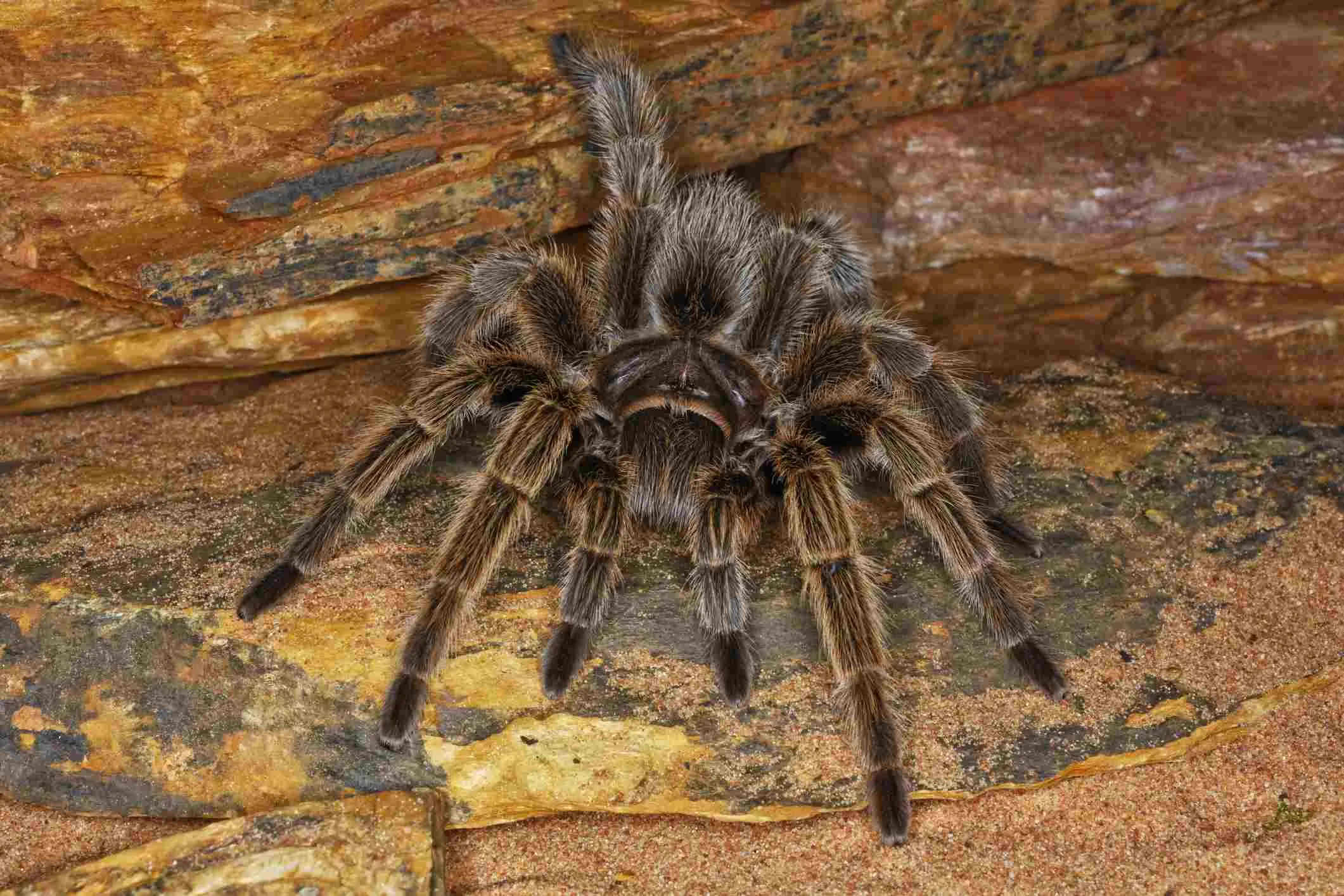
Tarantulas exhibit a wide range of colors, sizes, and behaviors across different species. From the vibrant colors of the Brazilian Rainbow Tarantula to the docile nature of the Chilean Rose Hair, each species has its unique characteristics. Some species are terrestrial, living on the ground, while others are arboreal, preferring to live in trees. This diversity makes tarantulas captivating subjects for observation and study. When selecting a tarantula pet, you can choose a species that best suits your preferences and lifestyle, considering factors like size, temperament, and care requirements. Their diversity ensures that there’s a tarantula species to suit any pet owner’s needs.
Tarantulas Can Regenerate Limbs
One of the most remarkable abilities of a tarantula is its ability to regenerate lost limbs. If a tarantula loses a leg due to injury or during molting, it can regrow the limb over several molts. This regenerative process highlights the resilience of these creatures and their ability to adapt to their environment. The new limb may not be fully functional initially, but it gradually grows back with each molt until it reaches its full size and function. This remarkable ability offers a sense of hope and resilience in your pet’s life, adding to the wonder of their biology.
Tarantula Species Overview
The world of tarantulas is incredibly diverse, with hundreds of species found across various continents. Each species boasts unique features, from coloration and size to temperament and care requirements. Understanding the range of available species is crucial for choosing the right tarantula pet. Different species are suited to different experience levels, making it essential to research the needs of each species before bringing one home. Some popular choices include the Chilean Rose Hair, known for its gentle temperament, and the vibrant Brazilian Rainbow Tarantula, prized for its beauty. The variety of available species ensures that there’s a perfect tarantula for every pet owner.
Popular Tarantula Species
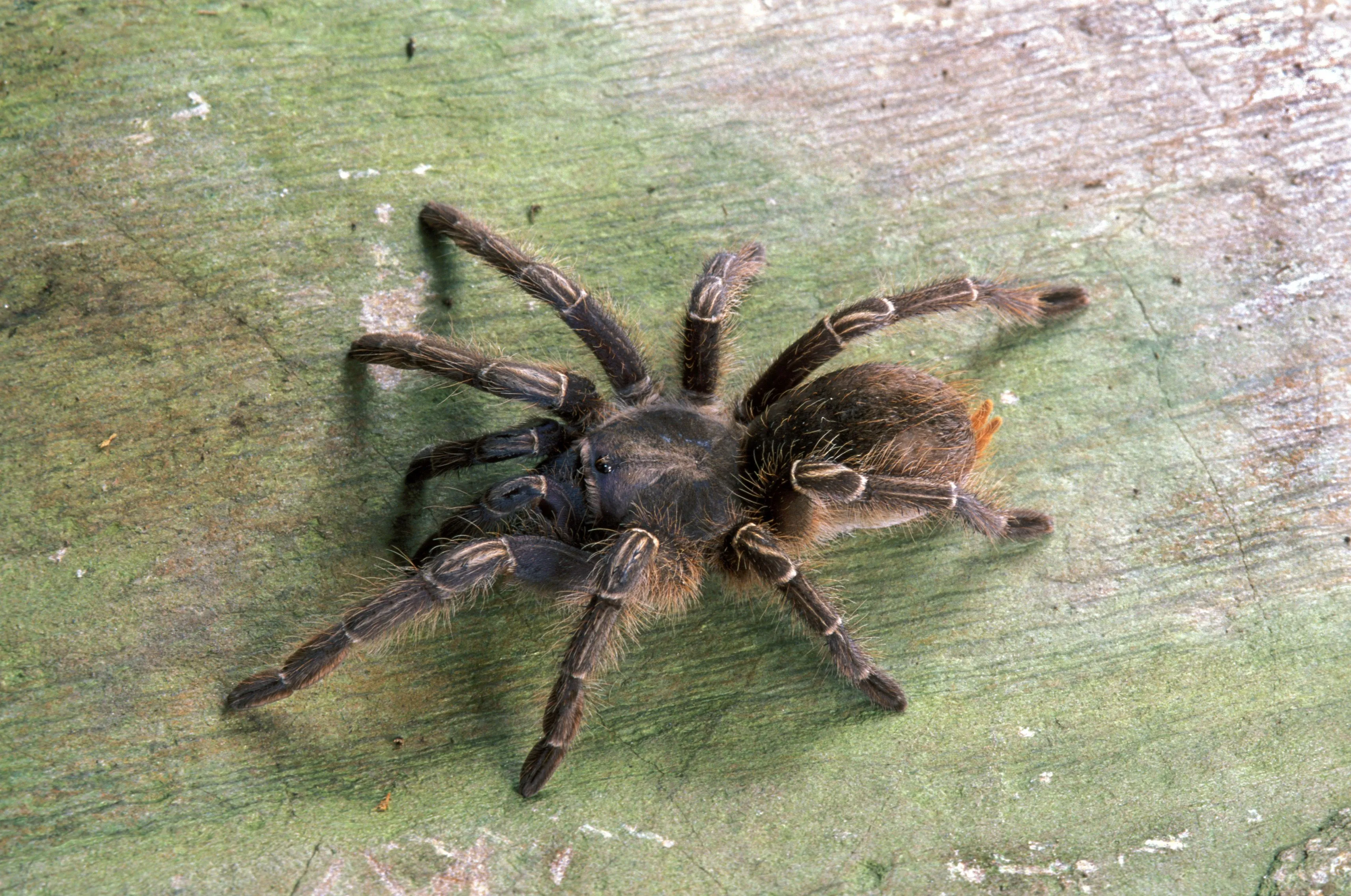
Several tarantula species stand out for their popularity among pet owners. The Chilean Rose Hair tarantula (Grammostola rosea) is a favorite due to its docile nature and relatively easy care. The Mexican Red Knee (Brachypelma hamorii) is another popular choice, known for its striking coloration and manageable temperament. The Curly Hair tarantula (Tliltocatl albopilosus) is also well-liked for its fuzzy appearance and relatively low maintenance. These species are often recommended for beginners due to their adaptability and overall ease of care. When selecting a tarantula, consider factors like temperament, size, and care requirements to find a species that aligns with your lifestyle.
Rare and Exotic Tarantulas
For experienced keepers, the world of tarantulas offers a range of rare and exotic species. These tarantulas often possess unique colors, patterns, and behaviors that make them highly sought after. However, caring for these species requires specialized knowledge and attention to detail. Some examples include the Gooty Sapphire Ornamental, known for its stunning blue coloration, and the Cobalt Blue tarantula, admired for its striking blue legs. These species often demand specific environmental conditions and dietary requirements. Before considering a rare tarantula, make sure you have the expertise, resources, and dedication needed to provide the best possible care.
Tarantula Care Essentials
Providing the right environment is crucial for the health and well-being of your tarantula. This involves creating a suitable habitat that meets their specific needs in terms of housing, temperature, humidity, and enrichment. Proper care minimizes stress, promotes healthy molting cycles, and extends their lifespan. A well-cared-for tarantula can thrive in captivity and provide years of enjoyment. By focusing on these essential elements of care, you ensure your tarantula lives a long, healthy, and fulfilling life.
Habitat Requirements
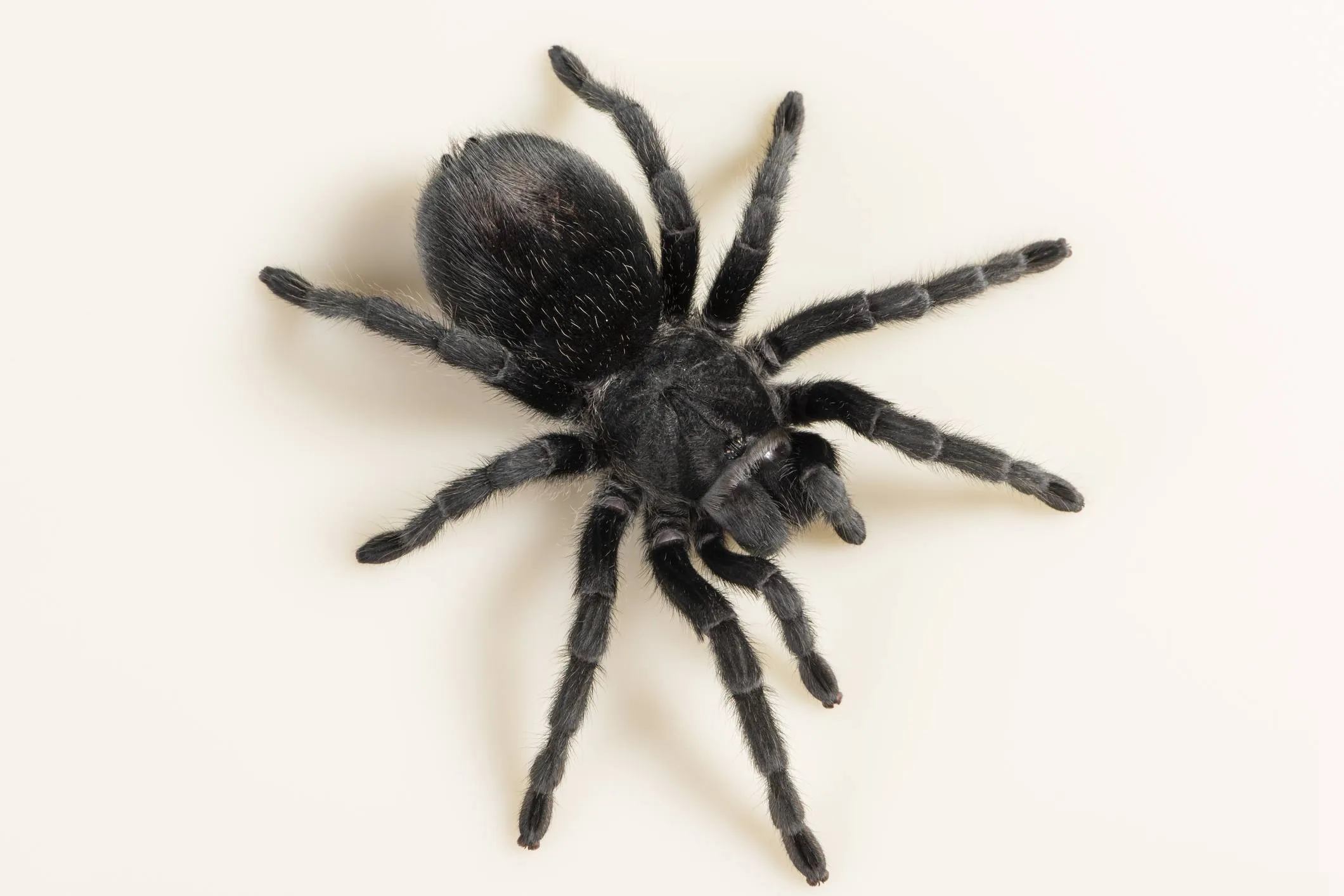
The setup of your tarantula’s habitat should replicate their natural environment as closely as possible. This includes providing appropriate temperature, humidity, and ventilation. Generally, tarantulas thrive in temperatures between 75-85°F (24-29°C). Use a reliable thermometer to monitor the temperature within the enclosure and adjust accordingly. Humidity levels vary depending on the species, with some preferring drier environments and others requiring higher humidity. Use a hygrometer to monitor humidity levels, and adjust the ventilation to regulate moisture. Proper habitat setup is essential for your tarantula’s health and well-being.
Enclosure Size and Setup
Choosing the right enclosure size is essential for your tarantula’s well-being. The size of the enclosure depends on the species and the size of your tarantula. A good rule of thumb is to provide an enclosure that is at least twice the tarantula’s leg span in width and length, and the height should be sufficient to avoid potential falls. Ensure that the enclosure is secure and escape-proof, with a tight-fitting lid. Provide a hide, such as a cork bark or a half-log, for your tarantula to feel secure. The enclosure should also include a shallow water dish for hydration. Avoid overly complex decorations, as they can hinder your tarantula’s movement and molting process.
Substrate and Decor
The substrate you choose for your tarantula’s enclosure plays a vital role in maintaining humidity, providing a suitable environment for burrowing (if the species is terrestrial), and providing a place for the tarantula to molt. Popular substrate options include coconut fiber, peat moss, and potting soil (without fertilizers). The substrate should be deep enough to allow for burrowing and should be kept slightly moist (depending on the species’ needs). Add décor such as cork bark, artificial plants, or rocks to enrich the environment and provide hiding places. Avoid sharp objects that could injure your tarantula during molting. A well-designed substrate and décor setup mimics the natural habitat and ensures your tarantula’s comfort.
Feeding Your Tarantula
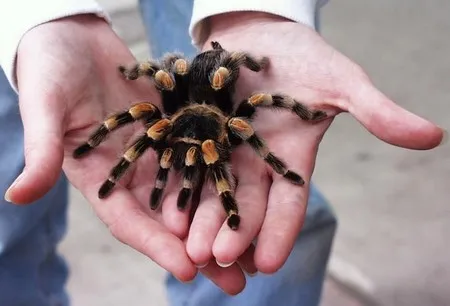
Providing a proper diet is crucial for maintaining a healthy and thriving tarantula. Their nutritional needs are relatively straightforward, but understanding their dietary habits and preferences is essential. Generally, tarantulas eat insects, such as crickets, mealworms, and roaches. The size of the prey should be appropriate for the size of your tarantula; it should be no larger than the tarantula’s body. Ensure that the insects are gut-loaded before feeding them to your tarantula, as this increases their nutritional value. Overfeeding should be avoided, as it can lead to health problems. Providing fresh water at all times is equally important to ensure your pet’s well-being.
What Tarantulas Eat
The natural diet of tarantulas typically consists of insects, though some larger species may occasionally prey on small lizards, rodents, or even small birds. Common feeder insects for pet tarantulas include crickets, mealworms, Dubia roaches, and superworms. It’s important to source insects from reputable suppliers to ensure they are free of parasites or pesticides. Variety in their diet is important, as it helps provide a balanced intake of nutrients. Always ensure the insects you provide are the appropriate size. Avoid feeding them prey that is too large, and consider removing uneaten insects to prevent stressing your pet.
Feeding Frequency
The feeding frequency for a tarantula depends on its age, size, and species. Spiderlings and juvenile tarantulas generally require more frequent feeding, often several times per week. Adult tarantulas can be fed less frequently, usually once every one to two weeks, or even longer in some cases. Observe your tarantula’s feeding behavior to gauge its appetite. If your tarantula refuses food, it may be preparing to molt or be under stress. It’s essential to provide fresh water at all times, regardless of how often you feed them. Adjust the feeding schedule based on your tarantula’s individual needs and appetite, while also monitoring their overall condition.
Handling and Safety
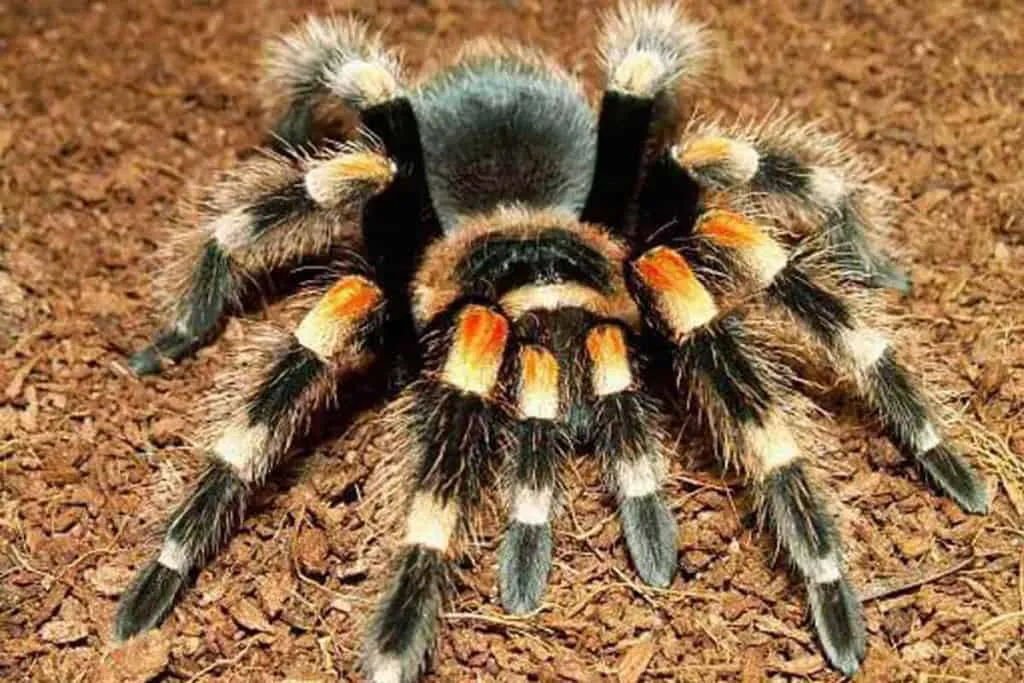
While tarantulas are not typically aggressive, handling them requires caution and respect. Their venom, though not usually dangerous to humans, can cause local discomfort. Also, their delicate bodies can be injured if dropped. Understanding safe handling practices, along with recognizing potential dangers, is essential to protect both you and your pet. With proper precautions, you can minimize risks and enjoy a safe and fulfilling interaction with your tarantula.
Safe Handling Practices
If you choose to handle your tarantula, do so with care and a gentle approach. Always handle your tarantula close to the ground to prevent injury if it falls. Wash your hands thoroughly before and after handling to eliminate any potential contamination. Avoid sudden movements or loud noises, as these can startle the tarantula. When handling, allow the tarantula to walk onto your hand rather than trying to pick it up. This way, the tarantula feels more secure and less threatened. Be aware of the tarantula’s position at all times and avoid placing your fingers near its fangs. If your tarantula shows signs of stress, such as raising its front legs or flicking hairs, immediately place it back in its enclosure.
Avoiding Bites and Allergies
While tarantula bites are not usually life-threatening, they can be painful and cause localized reactions. To avoid bites, avoid putting your fingers near the tarantula’s fangs. Be aware of the tarantula’s body language, and if it displays signs of aggression, do not attempt to handle it. Some people may also be allergic to tarantula hairs, which can cause skin irritation or respiratory issues. Minimize exposure to the hairs by washing your hands after handling the tarantula or cleaning the enclosure. If you experience any allergic reactions, consult a healthcare professional. Taking proper precautions and understanding potential risks will help you safely interact with your tarantula.
Health and Wellness
Maintaining the health and wellness of your tarantula involves understanding common ailments and recognizing the signs of illness. Early detection and prompt action are crucial for ensuring your pet’s well-being. By being vigilant and proactive, you can provide a comfortable environment and help your tarantula thrive.
Common Tarantula Ailments
Tarantulas are generally robust creatures, but they are susceptible to several health issues. The most common ailments include dehydration, mites, and mold. Dehydration can result from improper humidity levels or lack of access to fresh water. Mites can infest tarantulas, causing irritation and potentially transmitting diseases. Mold growth can occur if the enclosure isn’t properly cleaned and ventilated, posing a risk to your tarantula. Regular checks of the habitat, proper humidity control, and hygiene practices can help prevent many of these health problems. When health issues do arise, contact an experienced veterinarian.
Recognizing Signs of Illness
Recognizing signs of illness is key to providing timely care for your tarantula. Be alert to changes in behavior or appearance. These can include loss of appetite, lethargy, lack of coordination, or unusual posture. Other signs to watch for include unusual molting problems, parasites, or visible injuries. Regular observation of your tarantula will allow you to detect any changes quickly. If you notice any unusual symptoms, consult a veterinarian or an experienced tarantula keeper to get the best advice for your pet’s health.
Conclusion
Owning a tarantula is a rewarding experience, offering a unique blend of fascination and low-maintenance care. By understanding the amazing facts about these creatures, providing proper care, and prioritizing safety, you can ensure a long and fulfilling life for your tarantula pet. Their intriguing nature, manageable needs, and diverse species make them an excellent choice for any pet owner seeking an exciting and unusual companion. Embrace the opportunity to learn and enjoy the incredible world of tarantulas, and you’ll find yourself enriched by this remarkable pet ownership experience.
